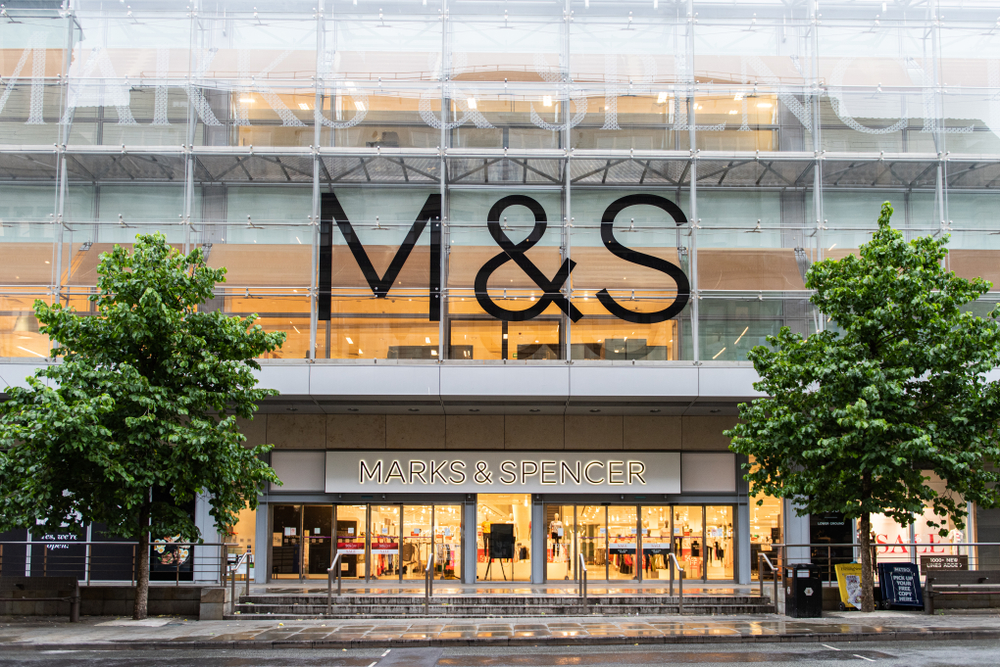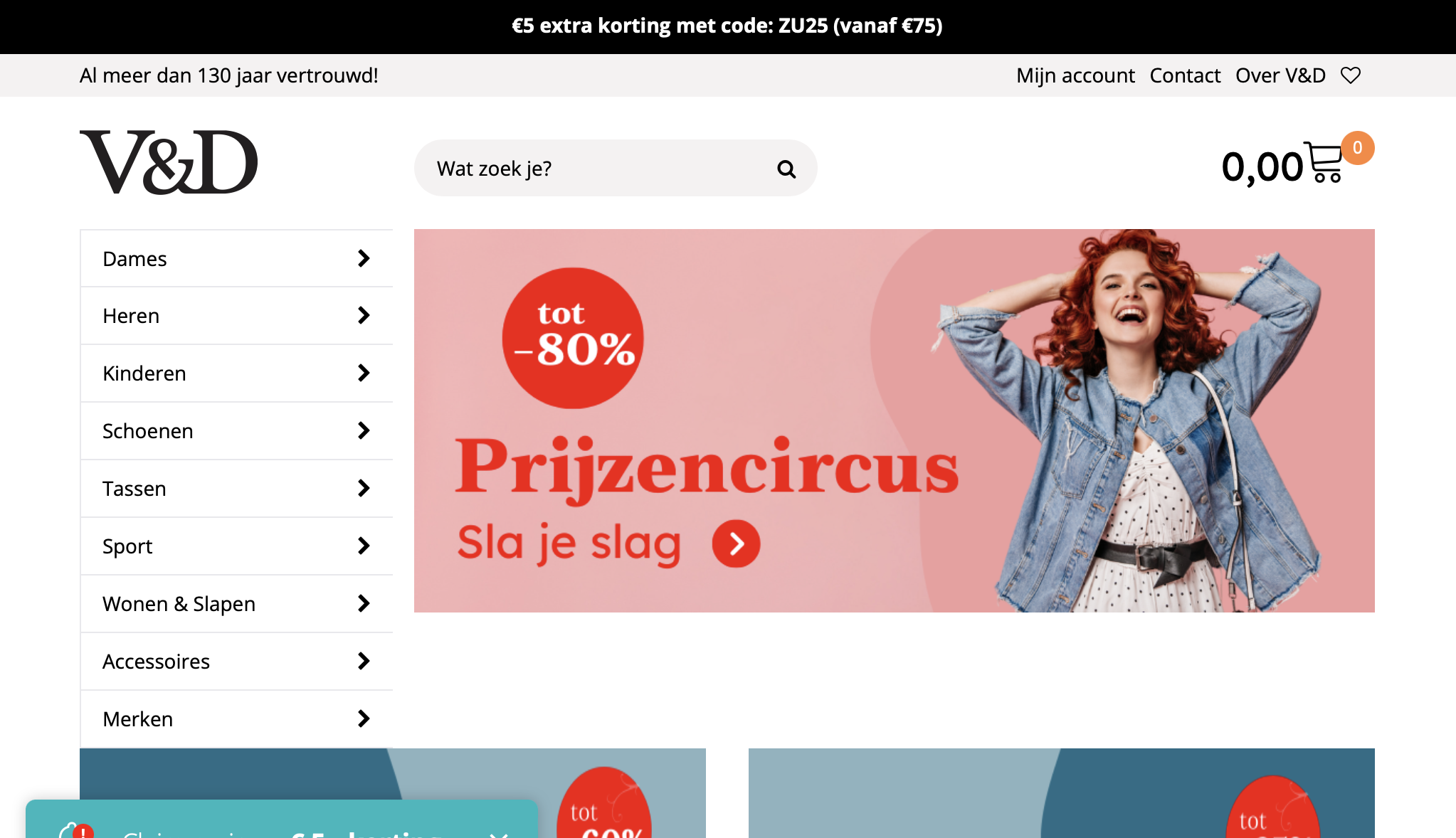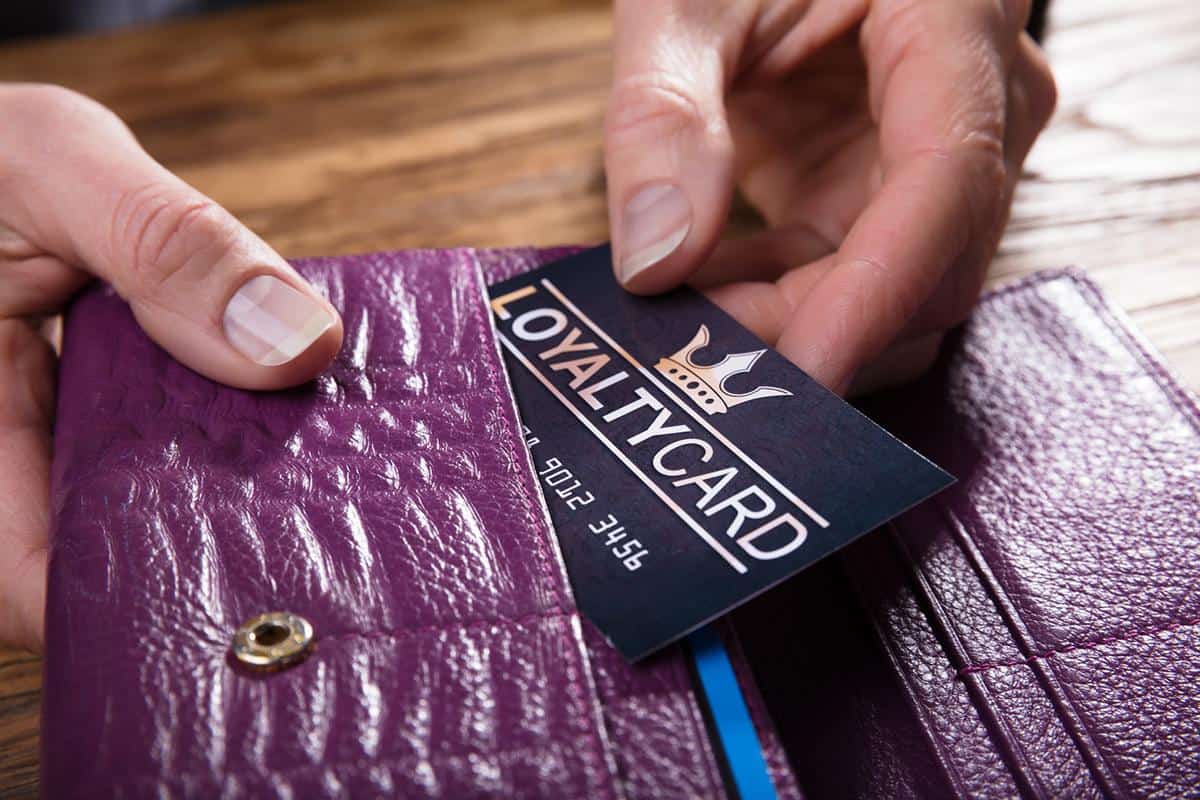Shoppers spent less online and offline in July than a month earlier, according to the latest official retail sales figures, as they ate out rather than at home and as transport delays led to shortages on shelves. Spending on electricals and second-hand goods were down across channels, compared to June 2021, while shoppers also spent less at supermarkets. Despite this, the amount shoppers spent was still higher, both online and offline, than a year earlier, the latest ONS data suggests.
Last month, the ONS Retail Sales report for July 2021 estimates, shoppers spent 2.6% less with UK retailers than in June 2021 to buy 2.4% fewer goods excluding fuel. And they spent 3.6% more to buy 1.8% more goods, excluding automotive fuel, than they did in July 2020.
Some 27.9% of UK retail sales took place online. That’s higher than in June (27.1%) and is still well ahead of the 19.8% of sales that took place online in pre-pandemic February 2020. But the figure is also significantly lower than the record 36.2% of sales that took place online at the peak of the third lockdown in February 2021.
How shoppers spent online
Online shoppers spent 0.3% more than in June across all categories, but 3.2% less than last July. Some 10.7% of food sales took place online, with spending up on June 2021 (+4.5%) but down (-1.3%) on last year. Less food (1.5%) was bought across all sales channels in July than the previous month, in which spending was boosted by the Euros. The ONS report says these figures are in line with data on UK spending on debit and credit cards that suggest shoppers spent less on food and other staples, while spending more on eating out and takeaways. The report also points to Bank of England Agents’ second quarter reports that say transportation delays resulted in shortages of items including electricals.
Across non-food categories, 24.7% of sales took place online, while spending was down compared to both last year (-2.8%) and last month (-0.6%).
Clothing, footwear and textiles was the category with the largest share of sales taking place online (29%), with spending up on last year (+7.2%) but down on last month (-1.9%). Across retail channels, spending on clothing was 2% down on the previous month. More than a quarter (28.2%) of department store sales were also online, with spending lower than at the same time last year (-6%) but higher (+13.1%) than last month.
Just under a quarter of sales took place online in household goods stores (24.9%), with online spending up (+14.4%) on last year, but down compared to last month (-3.2%). And less than a fifth (19.2%) of sales in the ‘other’ stores category – including retailers from jewellers to electricals and bookshops – were online, with spending falling by a fifth (-20.1%) on last year and on last month (-6.6%). Spending in this category was also down (-10.1%) across all sales channels compared the previous month. Non-store retailing – mostly pureplay retailers – accounts for almost half (48%) of all UK online retail sales, and in July 79.7% of spending in this category was online. Spending was down both compared to last year (-4.1%) and last month (-0.3%).
Industry reaction
Jeff Woodland, director of verticals at contact centre software business Five9, says: “Retail sales falling by 2.5% in July is undoubtedly disappointing, but we must remember we are not free from the impacts of the pandemic just yet. The ‘pingdemic’, which has seen thousands of people – both shopworkers and consumers – having to self-isolate, put a strain on retail stores, and many shifted back to shopping online.
“New Covid-19 variants are also a concern for many, and consumer confidence dropped by one point to –8 in August. Retailers have to err on the side of caution and understand the new unpredictable retail landscape in order to survive. The priority now should be enticing customers back by offering seamless experiences across all channels. Great experiences with brands are what consumers will remember, and will make them come back time and time again.”
Lynda Petherick, head of retail at consultancy Accenture UKI, says: “Whilst July may not have been able to hold onto the momentum of overall sales growth triggered by the start of the Euro’s in June, the continued growth of online sales came as the one saving grace to retailers.
“Driver shortages, poor weather, and shifting consumer spending demands, led to a multitude of troubling circumstances for retailers this past month. Staffing problems also posed a significant challenge, but thankfully the exemption for some key workers from self-isolation rules provided a lifeline to some businesses. With these issues likely to continue throughout August, particularly with the easing of travel restrictions, retailers will be looking towards a greater return to the workplace in the hope it jumpstarts the high street economy.”
Christophe Pecoraro, managing director at ecommerce order fulfilment specialist PFS Europe, says: “Whilst the latest ONS figures show a decline in retail sales in July from June, the proportion of retail sales online increased by 0.3% – indicating that the novelty of high streets reopening is beginning to wane. This is further supported by recent PFS findings that more than one-third (34%) of consumers expect to return to online shopping after the initial buzz has died down, rising to 49% amongst millennials and Gen Z.
“To remain successful, and retain the loyalty of today’s shopper, an omnichannel future based around in-store experientialism will be essential moving forward. This will bring a challenge to the physical store and its core functions, as more than one-third (37%) of Gen Z expect retailers to offer more of an in-store ‘experience’ than they did before lockdown.”
Karen Johnson, head of retail and wholesale at Barclays Corporate Banking, says: “July has been something of a mixed bag for UK retailers. Sales started strongly buoyed by sunshine but the wet weather following freedom day tempered sales growth for the month, as the industry also felt the impact of lower grocery sales as consumers ate out more in July (rather than dining at home).
“Yet there are many reasons to be optimistic. Sales are up on 2020, with pent up demand post-lockdown still contributing to growth within the sector. Clothing and footwear have also continued to perform strongly, and a reinvigorated wedding season boosted formal-wear sales across the country. Looking ahead, we expect to see back-to-school and back-to-work purchases push spend in the right direction – whilst a growing sense of stability should also lead to increased sales, particularly on big ticket items. Consumer confidence already seems strong across the sector, we now need this to continue.”









